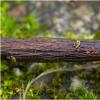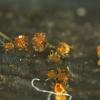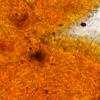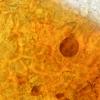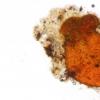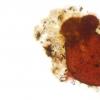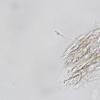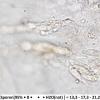
02-07-2025 17:26
Yanick BOULANGERBonjourRécolté sur une brindille au fond d'un fo

02-07-2025 09:32
 Nicolas VAN VOOREN
Nicolas VAN VOOREN
Hello, bonjour.Here is the paper I'm searching for

30-06-2025 16:56
Lydia KoelmansPlease can anyone tell me the species name of the

01-07-2025 23:37
Hello.A Pleosporal symbiotic organism located and

30-06-2025 12:09
 Edvin Johannesen
Edvin Johannesen
This tiny, rather "rough" erumpent asco was found

30-06-2025 06:57
Ethan CrensonHi all, Another find by a friend yesterday in Bro

30-06-2025 14:45
 Götz Palfner
Götz Palfner
This is a quite common species on Nothofagus wood

25-06-2025 16:56
Philippe PELLICIERBonjour, pensez-vous que S. ceijpii soit le nom co

29-06-2025 18:11
Ethan CrensonHello all, A friend found this disco yesterday in
yesterday i found this Nectria-like fungus on stems of Pachysandra terminalis.
I couldn't see if a spore oranament was there or not and measurements include many immature spores.
Very interesting are the spines on the fruitbody and that the fruitbody react red in KOH.
Any idea what that could be ?
best regards,
Thorben

Hallo Thorben,
es gibt eine Pseudonectria pachysandricola - vgl.z.B.hier:
Du musst selber sehen, ob die in Frage kommt.
LG von Lothar
ich glaube das könnte, zumindest Makroskopisch, passen, leider gibt es keine Funde mit denen man Vergleichen kann.
Was mich nur stört ist, dass Dogde (1944) eine Sporenmaße von 10-15 x 3-5 Mikrometer angibt.
Das wäre dann deutlich kleiner als bei meinem Fund.
Viele Grüße
Thorben
